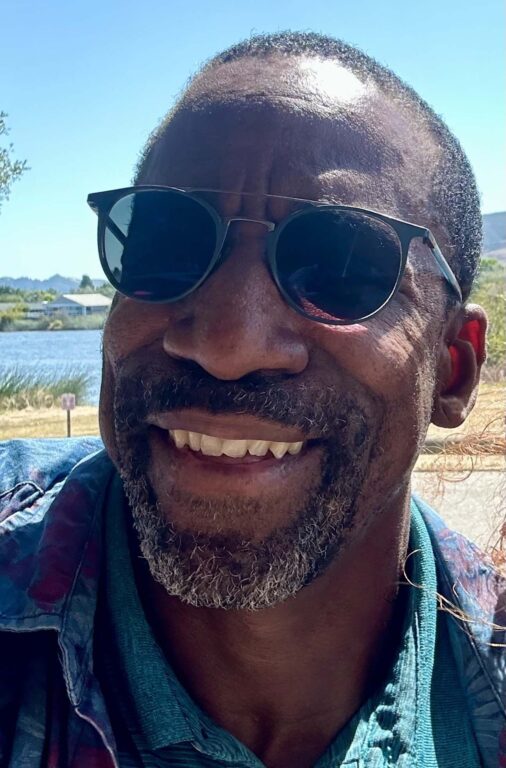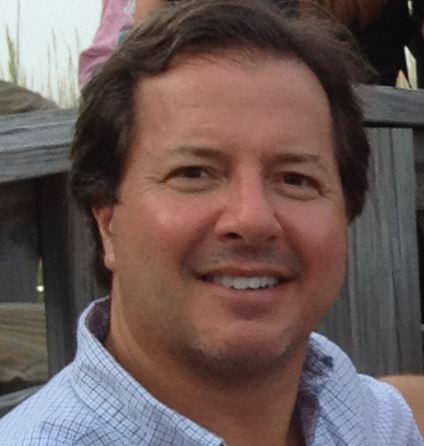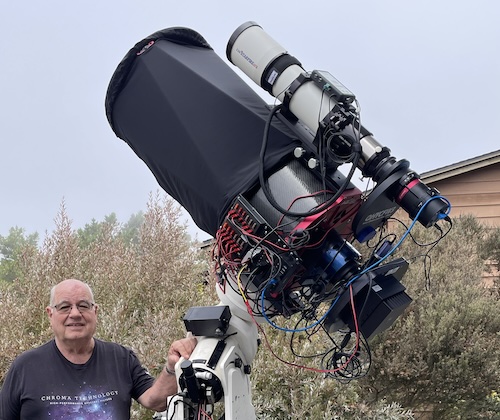The Future of Night
Speakers

Steve Williams is an Orbital Analyst Instructor at Vandenberg Air Force Base.
He is a systems engineer with a master’s degree from Embry Riddle Aeronautical University. Steve is an avid space enthusiast and was a leader in the development of the Central Coast’s first and only mobile observatory under the organization Leadership Santa Maria Valley. He likes to say, “I track space debris.” It is much more.
Steve will share his experience and a shocking video about objects in space and discuss the Kessler Syndrome—a phenomenon in which more and more debris is created with every collision. China and Russia have intentionally aimed missiles at orbiting satellites, created thousands of new pieces of debris, nearly missing the staffed International Space Station.
With thousands of new satellites launched each year, the future of space exploration may be dark.


The future of Space talk will be led by David Breda, Cambria resident and lead engineer on the National Aeronautics and Space Administration Jet Propulsion Laboratory Nancy Grace Roman Space Telescope, named The Roman after the first NASA astronomer and ‘mother of the Hubble Space Telescope.’
David will share his firsthand knowledge about this cutting-edge infrared radiation space telescope using the most powerful coronagraph ever flown, which will eliminate glare from nearby stars to look back in time to analyze planets well beyond our solar system. As of September 6, there are 5,756 confirmed exoplanets. The new technology will determine composition and environmental conditions, including dark matter. Man may finally settle the question, “Is there life on other planets?”
After a career in aerospace and defense electronics, Frank Widmann retired and moved to Cambria. Frank developed an interest in astronomy at an early age. He got his first telescope when he was 12 years old and has been enjoying the night sky ever since.
He took up astrophotography in the 1980s using film cameras and over the years has taken advantage of the revolutionary advances in science and technology to capture images of our amazing universe. All of his images were taken from his home observatory in Cambria.

